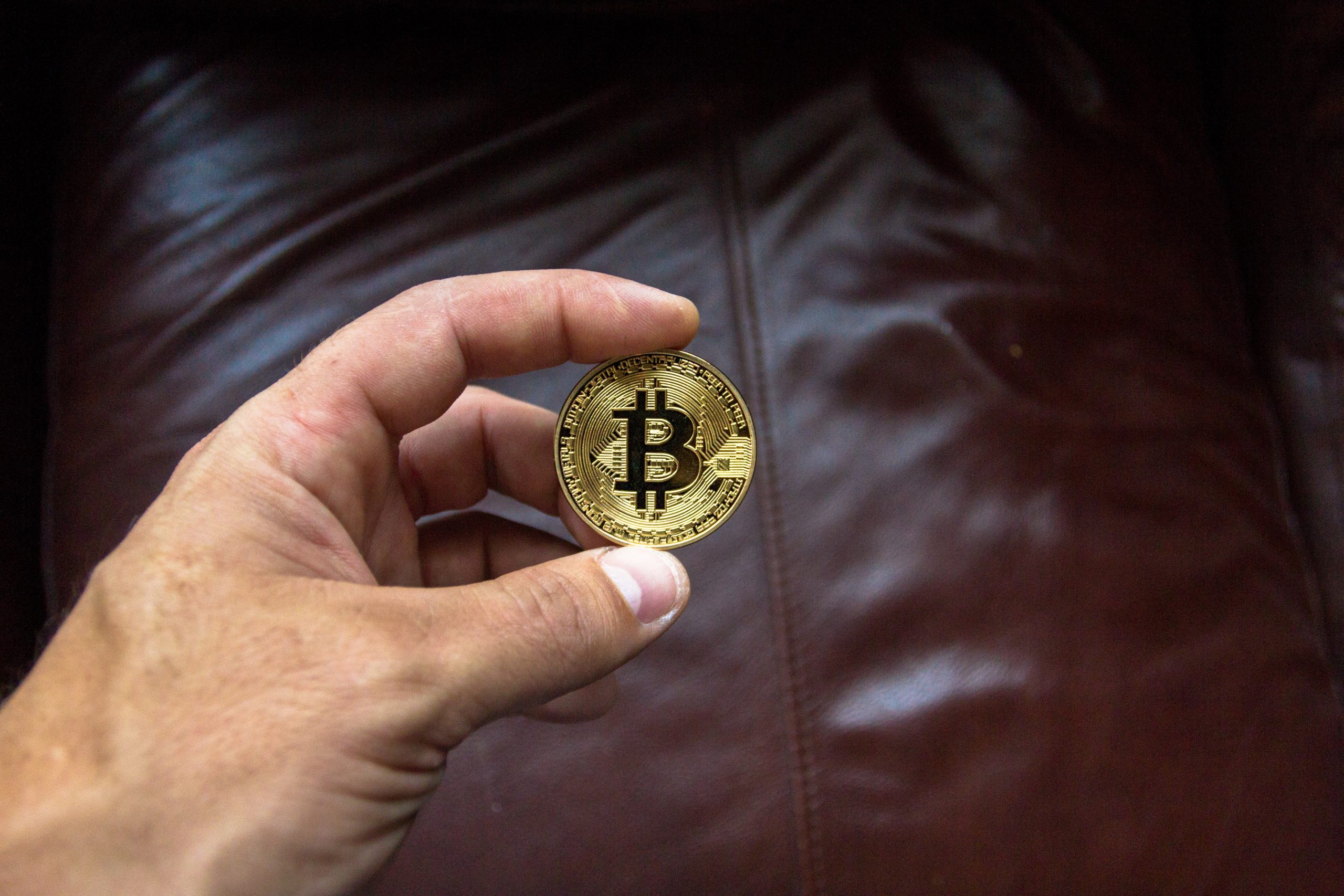In 2008, an enigmatic figure known as Satoshi Nakamoto introduced the world to a revolutionary new digital currency that promised to disrupt the traditional financial system. At first, many dismissed Bitcoin as a mere fad or a tool for criminals and hackers. But over the years, it has proven its staying power and resilience against all odds. Today, Bitcoin is not just thriving but also challenging skeptics by changing the way we think about money and finance. In this blog post, we’ll explore how Bitcoin has triumphed over adversity and emerged as a game-changer in the financial landscape – one that’s here to stay!
What is Bitcoin?
Bitcoin is a cryptocurrency, a digital asset designed to work as a medium of exchange that uses cryptography to secure its transactions, to control the creation of additional units, and to verify the transfer of assets. Bitcoin is unique in that there are a finite number of them: 21 million.
Bitcoins are created as a reward for a process known as mining. They can be exchanged for other currencies, products, and services. As of February 2015, over 100,000 merchants and vendors accepted bitcoin as payment.
Bitcoin’s History
Bitcoin’s History
When it comes to digital currencies, Bitcoin is the clear pioneer. The first decentralized cryptocurrency was created in 2009 by an anonymous individual or group of individuals known as Satoshi Nakamoto. Bitcoin quickly gained popularity among users and became the go-to currency for online transactions.
Since then, Bitcoin has seen its fair share of ups and downs. Its price has been highly volatile, swinging from $0.01 to over $17,000 per coin in just a few years. Despite this volatility, Bitcoin has continued to grow in popularity and usage. Nowadays, there are over 15 million bitcoins in circulation with a total market value of over $200 billion.
The future of Bitcoin remains uncertain but its impact on the financial landscape is already clear. It has proved skeptics wrong and shown that digital currencies can be viable and widely used. With more countries and businesses beginning to accept Bitcoin, it is slowly but surely changing the way we think about money.
Bitcoin’s Price
Bitcoin’s price has been volatile since its inception in 2009. However, over the past year it has reached new highs, with a peak of over $17,000 in December 2017. Despite its volatility, Bitcoin’s price has shown a steady increase over the past few years. This is due to increasing demand from investors and users.
Bitcoin is often seen as a speculative investment, and its price fluctuates based on demand. However, there are also many practical uses for Bitcoin. For example, it can be used to send money internationally without incurring high fees. It is also being used more and more by businesses as a form of payment.
As Bitcoin becomes more widely adopted, its price is likely to continue to rise. This will attract even more investment and bring even more mainstream adoption.
How to Buy Bitcoin
Bitcoin is a decentralized digital currency, without a central bank or single administrator, that can be sent from user to user on the peer-to-peer bitcoin network without the need for intermediaries. Transactions are verified by network nodes through cryptography and recorded in a public distributed ledger called a blockchain. Bitcoin is unique in that there are a finite number of them: 21 million.
Bitcoins are created as a reward for a process known as mining. They can be exchanged for other currencies, products, and services. As of February 2015, over 100,000 merchants and vendors accepted bitcoin as payment.
What Can You Buy with Bitcoin?
When it comes to what you can buy with Bitcoin, the sky is the limit. In recent years, Bitcoin has been accepted by an increasingly diverse range of businesses and merchants as a legitimate form of payment.
Today, you can use Bitcoin to purchase everything from airline tickets and hotel rooms to online dating services and software subscriptions. You can even buy physical goods with Bitcoin, including jewelry, art, and luxury watches.
Of course, as Bitcoin becomes more mainstream, we can expect to see even more businesses start accepting it as a form of payment. So if you’re holding onto some Bitcoin, don’t be surprised if you find yourself with more options for spending it in the near future!
Bitcoin Mining
Bitcoin mining is the process of verifying transactions and adding them to the public ledger, known as the blockchain. The more transactions that are added to the blockchain, the more secure it becomes. Bitcoin miners are rewarded with newly created bitcoins and transaction fees for their efforts.
Mining is a critical part of the Bitcoin network because it ensures the security of the blockchain. Without miners, there would be no one to verify transactions and prevent fraud. The more miners there are, the more secure the network is.
In the early days of Bitcoin, anyone could mine bitcoins with their personal computer. However, as more people started mining, the difficulty of finding new blocks increased exponentially. Today, bitcoin mining is only profitable if you have access to cheap electricity and specialized hardware.
Bitcoin and the Environment
Bitcoin, the decentralized digital currency, has been praised for its potential to revolutionize the financial system. But some have criticized it for its environmental impact.
Critics say that the energy required to power the Bitcoin network is huge, and growing as the network grows. They estimate that each Bitcoin transaction uses as much electricity as an American home uses in a day.
Bitcoin supporters counter that the environmental impact of Bitcoin is overstated. They point out that the electricity used by the Bitcoin network is a tiny fraction of global electricity consumption. And they argue that as Bitcoin becomes more efficient, its environmental impact will decrease.
What’s clear is that Bitcoin is changing the financial landscape forever. And its impact on the environment is something that will continue to be debated.
The Future of Bitcoin
When it comes to Bitcoin, the future looks bright. Despite the naysayers and skeptics, Bitcoin hasproven itself to be a viable investment and currency. Its popularity is only increasing, as more and more people are beginning to see its potential. Here are some of the ways that Bitcoin is changing the financial landscape:
1. More Recognition: Bitcoin is becoming more and more recognized by both businesses and individuals. Slowly but surely, it is being accepted as a legitimate form of payment and investment. This increased recognition will only help to solidify its place in the financial world.
2. Increased Usefulness: As Bitcoin becomes more widely accepted, it will also become more useful. Currently, there are already many businesses that accept Bitcoin as payment, and this number is only growing. As more businesses start to accept it, its usefulness will increase exponentially.
3. Greater Security: One of the biggest concerns about Bitcoin has been its security. However, as time goes on and technology improves, Bitcoin is becoming increasingly secure. With each passing day, it becomes harder and harder for hackers to steal Bitcoins or otherwise compromise the system.
4. More Affordable Transactions: Another great thing about Bitcoin is that it can be used to send money internationally without incurring high fees. This makes it perfect for small businesses or individuals who need to send money abroad frequently.
5.Improved Stability: One of the biggest issues with traditional currencies is their volatility; their value can fluctuate




